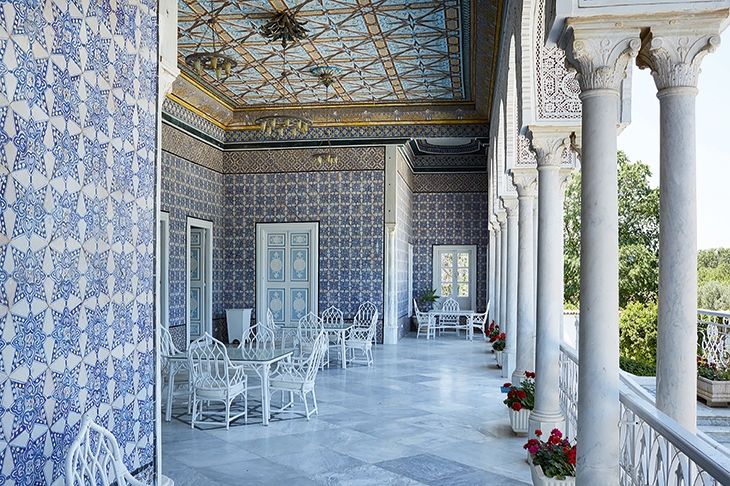At first blush this looks like one of those run-of-the-mill coffee-table books published just for the Christmas market — expensively produced, replete with beautiful photographs, a text as undemanding as the tinkling notes of a cocktail-bar pianist, and the whole thing massively heavy. It is a beautiful — and heavy — book, with fine photographs by Luke White. But what distinguishes it is the skill and acuity with which James Stourton has written the commentary, making it a serious and engrossing work of history.
His text takes the form of an introductory essay on the changing nature of diplomacy over the centuries, a model of elegant concision, followed by the histories of 26 embassies and ambassadorial residences scattered around the globe. The architectural details are fascinating; and, in the descriptions of the heads of mission and the issues they had to face, you get a lively diplomatic history of Britain over the last 200 years, rich in anecdote.
The buildings are striking in their diversity. The final selection, he says, was between those ‘without which the book could not be written’ and those that were ‘desirable but which could be substituted if unavailable’.They are for the most part highly photogenic, rather opulent and acquired or built when Britain was an imperial power. The jewels in Stourton’s crown are Washington, designed by Sir Edwin Lutyens in the 1920s, and Paris, purchased in 1814 by the Duke of Wellington from Princess Pauline Borghese, Napoleon’s sister. But, to underline that not all diplomatic existence takes place in such gracious surroundings, he has included the Kabul embassy, as drab, utilitarian and dangerous a mission as you could hope to find.
Stourton quite rightly has no truck with those who argue, like an MP did with me in Washington, that in the modern age Britain would be more appropriately represented by ‘a large flat in Bethesda than the Lutyens house on Massachusetts Avenue’.








Comments
Join the debate for just £1 a month
Be part of the conversation with other Spectator readers by getting your first three months for £3.
UNLOCK ACCESS Just £1 a monthAlready a subscriber? Log in